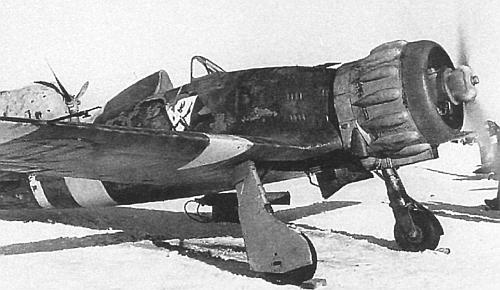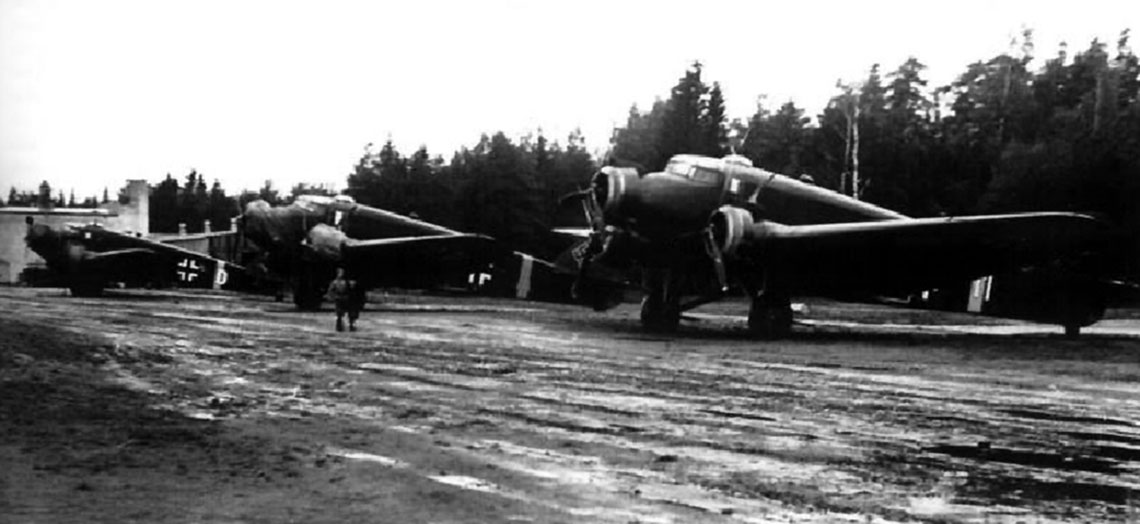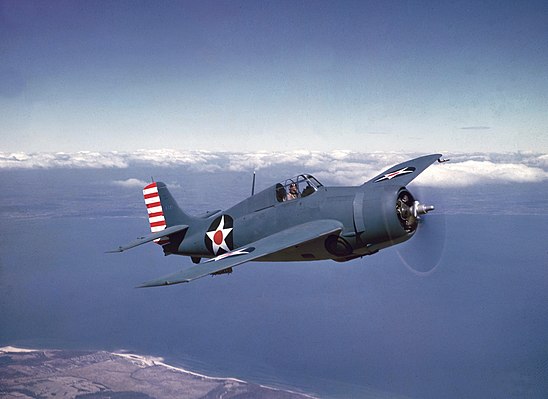
Forgotten Italian squadrons on the Eastern Front

Italian Savoia-Marchetti SM.81 transport aircraft at the Immola airfield in southeastern Finland, where the Terraciano squadron was stationed from June 16 to July 2, 1944.
Despite the unconditional surrender of Italy on September 8, 1943, a significant part of the Italian air force continued to participate in World War II, fighting as part of the National Republican Air Force (Aeronautica Nazionale Repubblicana) along with the Third Reich or the Italian air force. Aviazione Co-Belligerante Italiana) along with the allies. The most common reasons for selection were political opinions, friendships, and family location; it was only occasionally decided to base a unit on the day of surrender.
The National Republican Aviation had its own organization and command, but, like all the Armed Forces of the Italian Social Republic, was operationally subordinate to the Supreme Commander of the Axis in Italy (commander of the German troops in the Apennine Peninsula, commander of Army Group C) Marshal Albert Kesselring and Commander 2nd Air Fleet Field Marshal Wolfram von Richthofen. W. von Richthofen intended to integrate the National Republican Air Force into the Luftwaffe as an "Italian Legion" in order to keep them under complete control. However, after Mussolini's decisive intervention in Hitler's affairs, Field Marshal Wolfram von Richthofen was dismissed and replaced by General Maximilian Ritter von Pohl.
In the National Republican Aviation, headed by the legendary ace fighter Colonel Ernesto Botta, a directorate and headquarters were created, as well as the following units: a training center for crews of torpedo, bomb and transport aircraft. The territory of the Italian Social Republic is divided into three areas of responsibility: 1. Zona Aerea Territoriale Milano (Milan), 2. Zona Aerea Territoriale Padova (Padua) and 3. Zona Aerea Territoriale Firenze.
Aircraft of the National Republican Aviation were insignia on the upper and lower surfaces of the wings in the form of two stylized bundles of liquor rods in a square border. Initially, they were painted directly on a camouflage background with white paint, but soon the stamp was changed to black and placed on a white background. Over time, a simplified form of the badge was introduced, painting only black elements directly on the camouflage background, especially on the upper surfaces of the wings. On both sides of the rear fuselage (sometimes near the cockpit) there was a sign in the form of the Italian national flag with a yellow border (serrated along the edges: top, bottom and back). The same markings, only much smaller, were repeated on both sides of the tail unit or, more rarely, in the forward part of the fuselage. The sign was drawn in such a way that the green (with a smooth yellow edge) always faced the direction of flight.
Due to fears that the captured NPA pilots would not be treated as prisoners of war (since the United States and Great Britain only recognized the so-called Southern Kingdom) and would be handed over to Italy, which would condemn them as traitors, the aircrew of the newly created Fascist Italian Air Force participated in the fighting. only over territory controlled by German-Italian troops. Flights over the enemy area were carried out only by torpedo bomber crews,
who volunteered.
Among the units formed were, including two squadrons of transport aviation, which were subordinate to the Transport Aviation Command (Servizi Aerei Speciali). At the head of the command created in November 1943, Lieutenant V. saw. Pietro Morino - former commander of the 44th Transport Aviation Regiment. After the unconditional surrender of Italy, he was the first to assemble bomb-transport personnel at Bergamo airport. He also met in Florence, Turin, Bologna and many other places where he was from.
sent back to Bergamo.
The former pilot of the 149th squadron of the 44th air transport regiment, Rinaldo Porta, who fought in North Africa, followed this path. On September 8, 1943, he was at the L'Urbe airport near Rome, from where he made his way to Catania, where he learned that its commander was recreating the unit. His insecurities vanished and he decided to take a puff. Why did he do it? As he wrote - because of the feeling of brotherhood with other pilots, including German ones, with whom he flew and fought for more than three years, and who died during this battle.
The Terraciano Transport Aviation Squadron (I Gruppo Aerotransporti "Terraciano") was formed at Bergamo Airport in November 1943, and its commander was Major V. Peel. Egidio Pelizzari. The co-founder of this unit was Major Peel. Alfredo Zanardi. By January 1944, 150 pilots and 100 ground specialists were assembled. The core of the squadron was the flight crew of the former 10th Bomber Regiment, which at the time of surrender was waiting for the new German twin-engine Ju 88 bombers.
Initially, the Terraziano squadron did not have equipment. It was not until some time later that the Allies handed over to the Italians the first six three-engined Savoia-Marchetti SM.81 transport aircraft, which were largely confiscated after 8 September 1943.
